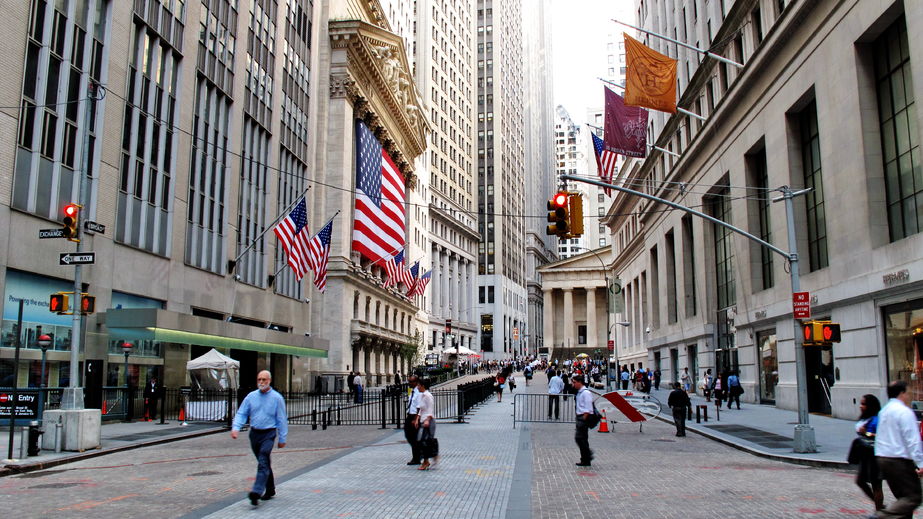
Given U.S. President Donald Trump’s shifting tariff policy and his so-called big, beautiful tax bill, investors should look for diversification opportunities, including alternatives. Bipan Rai, head of ETF & alternatives strategy with BMO Global Asset Management, shared that recommendation on Monday, at the ETF & Investment Forum held in Toronto.
Amidst weeks of global market turmoil sparked by inconsistent trade messaging, Trump has announced that he wants to sign the tax bill into law by July 4. It passed the House of Representatives on Thursday. The Senate is expected to take up the proposed legislation early in June.
Section 899 of the bill would allow the Treasury Department to increase withholding taxes on foreign investors from countries with “unfair foreign taxes,” making it more expensive to invest in U.S. companies.
Canada’s digital services tax would fall into this category, putting the current 15% withholding rate Canadian investors pay on dividends from U.S. equity holdings at risk. It could rise by increments of five percentage points annually to as high as 50%.
Chinese companies listed on U.S. exchanges via American depositary receipts also appear to be in Trump’s crosshairs. Republicans have complained about auditing standards and raised fears about them being delisted.
At the same time, the U.S. is adding significantly to its debt, Rai said. Term premiums
for Treasury bills are rising, meaning investors are seeing more risk in long-term Treasuries.
Rai said Trump’s love of tariffs and “mercantilist” view of trade as a zero-sum game will have a negative impact on U.S. equities as foreign investment declines.
This is already apparent in ETF flows, which show investors moving into short-term fixed income and Europe, Australasia and Far East markets, including Germany and Japan.
Defensive sectors
Rai said in the U.S., he prefers quality stocks in defensive sectors including consumer staples, health care, communications and utilities. In Canada, with a slowdown expected in the second quarter, he favours low-volatility ETFs and the industrials, utilities, financials and consumer staples sectors.
Rather than a traditional 60% equity/40% bond portfolio, Rai recommended placing “at least 10%” of a portfolio into alternatives.
“The way I have my portfolio structured,” he said, “it’s closer to 50/30/20 with 20% allocated towards alternatives.”
Rai likes two alternative investments in particular — gold and infrastructure.
“Gold is a great diversification asset,” he said. “It’s not correlated with stocks and bonds.”
As central banks around the world look to diversify away from the U.S. dollar, they’re buying gold, Rai said. While he doesn’t see the U.S. dollar losing its reserve status, he said there’s room for central banks to reduce their foreign currency holdings from 60% to 45%.
Infrastructure
The trade war has meant a complete shift in the global economy as countries around the world seek to become less reliant on trade, Rai said. Many are turning to infrastructure investments.
For example, Prime Minister Mark Carney campaigned on infrastructure investment, and Germany recently created a “massive” €500-billion infrastructure fund, to be deployed over 12 years.
“Remember, what infrastructure spending does,” he said. “It leads to job creation, and if you’re spending it at the proper time during the economic cycle, that means the multiplier can be higher as well.”
Depending on the size of the investment and the time period over which it’s spent, that multiplier can range from one and a half to three and a half, Raid said.
Using a multiplier of two, “that should lead to a trillion dollars in output over the next 10 years,” he said.
“You’re expanding the economy by a third over the next 10 years. Incredible, incredible environment for investment. And you better believe that markets are taking notice of that,” he said. “That’s one of the reasons why we’ve seen flows migrate from the United States to places like Europe.”
For investors, infrastructure means diversification and a consistent stream of revenues that should last for “quite some time,” Rai said. “That’s why I’m increasingly optimistic in the alternative space.”